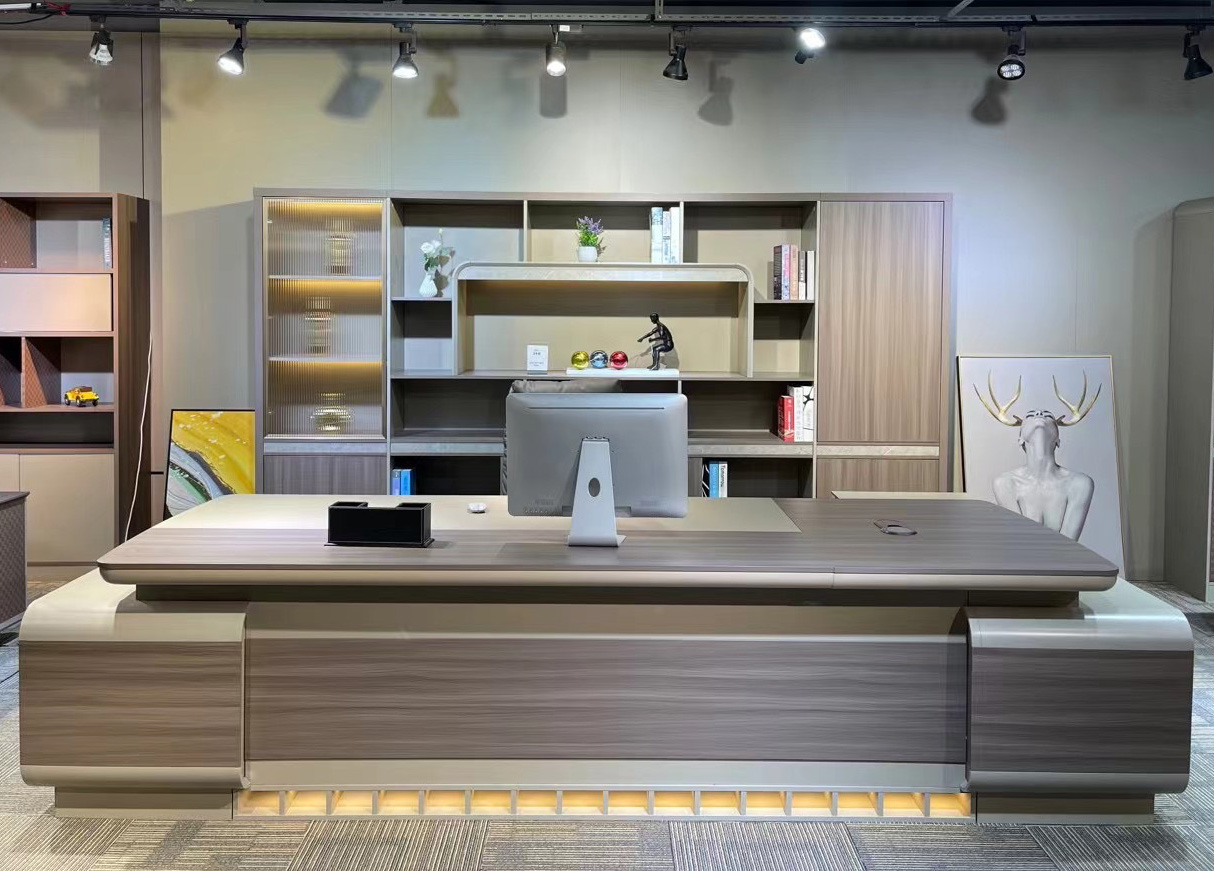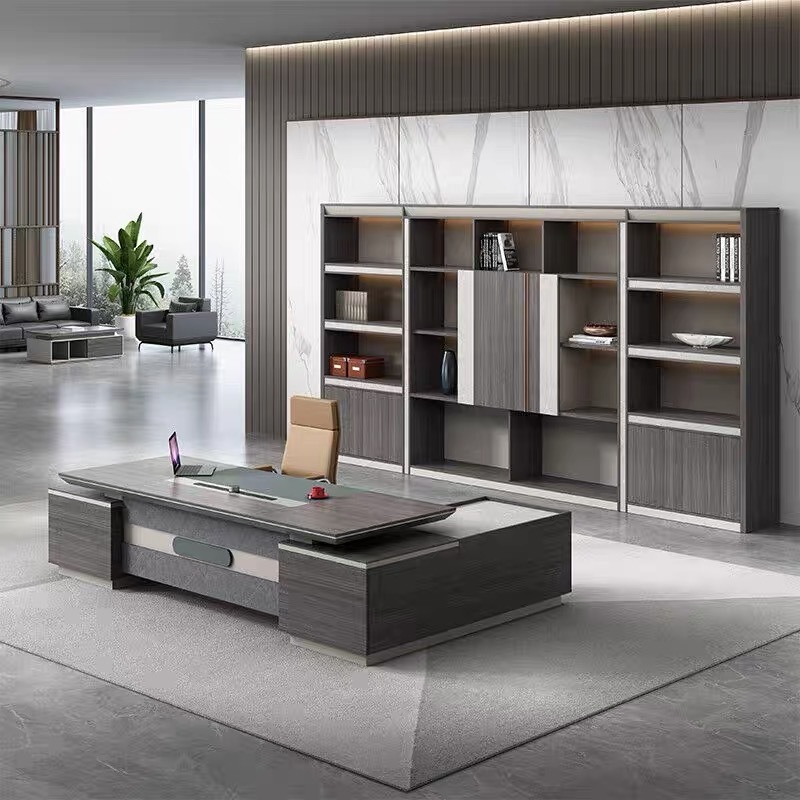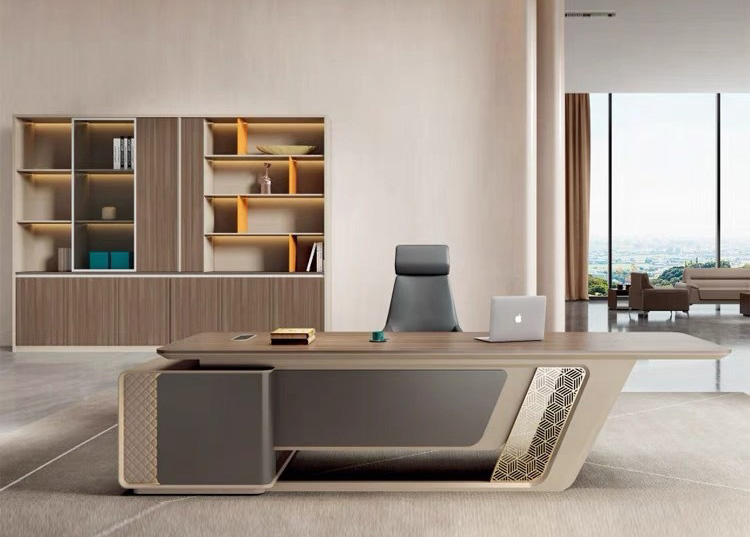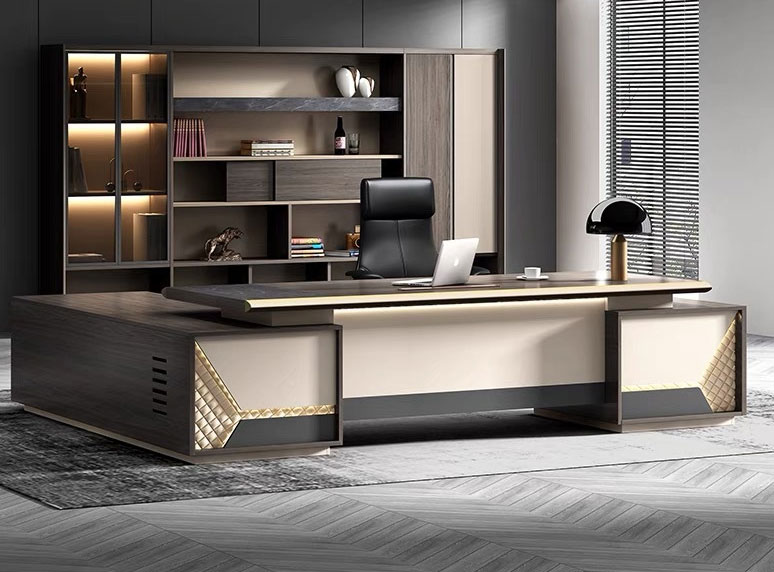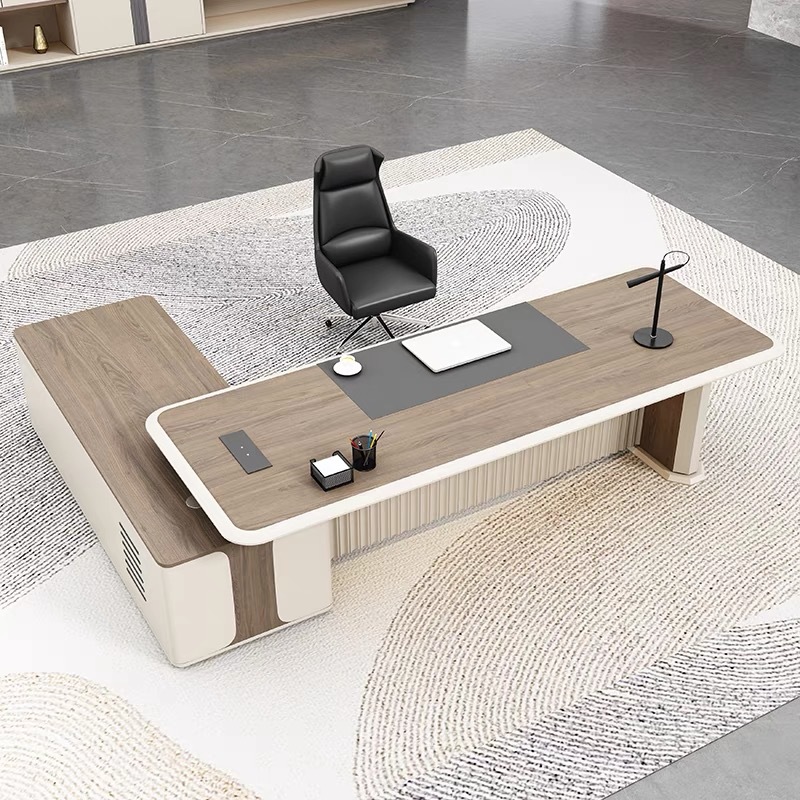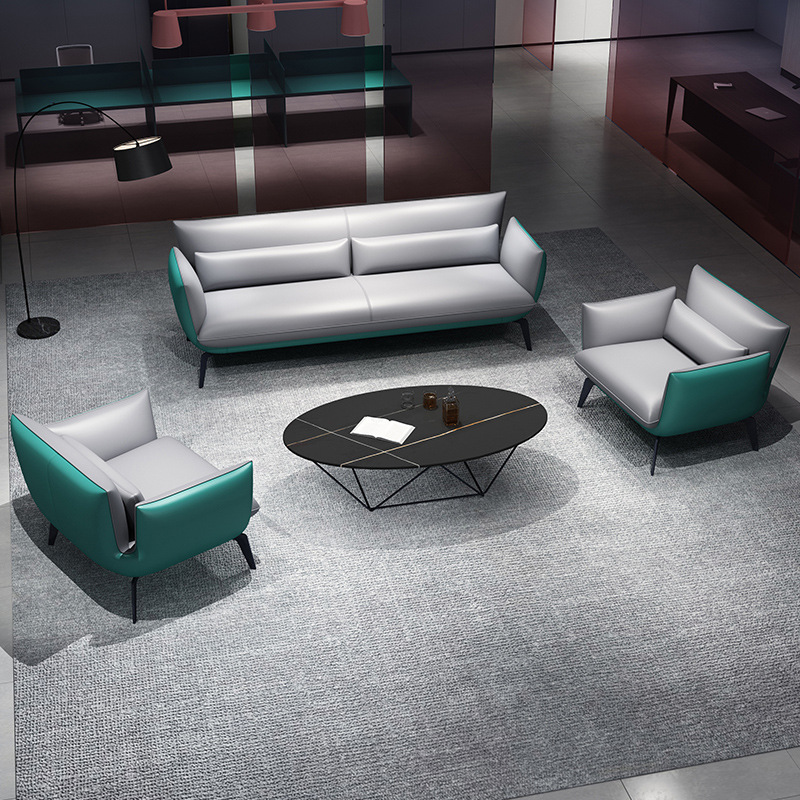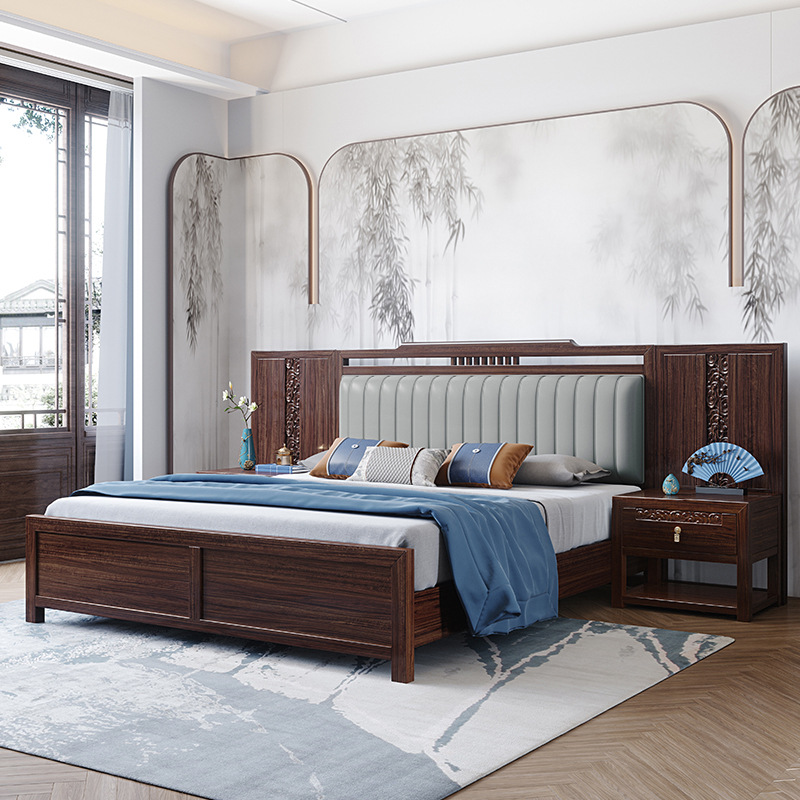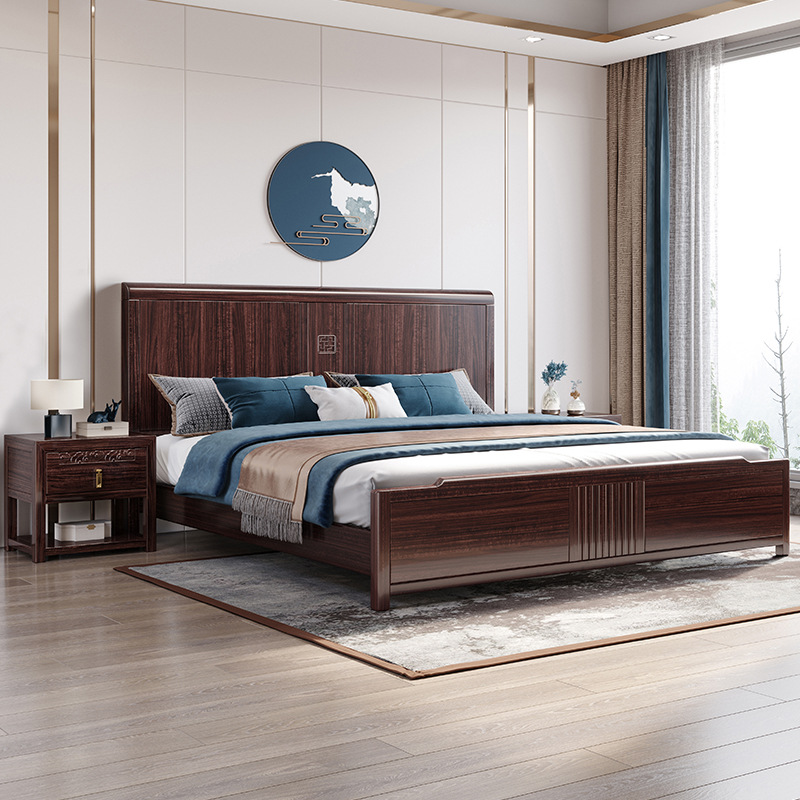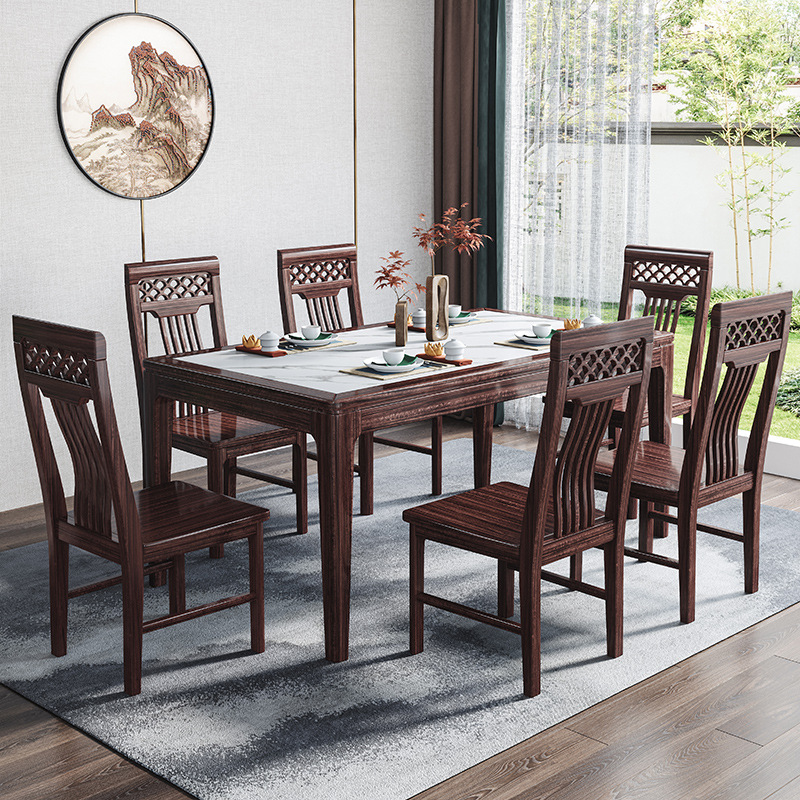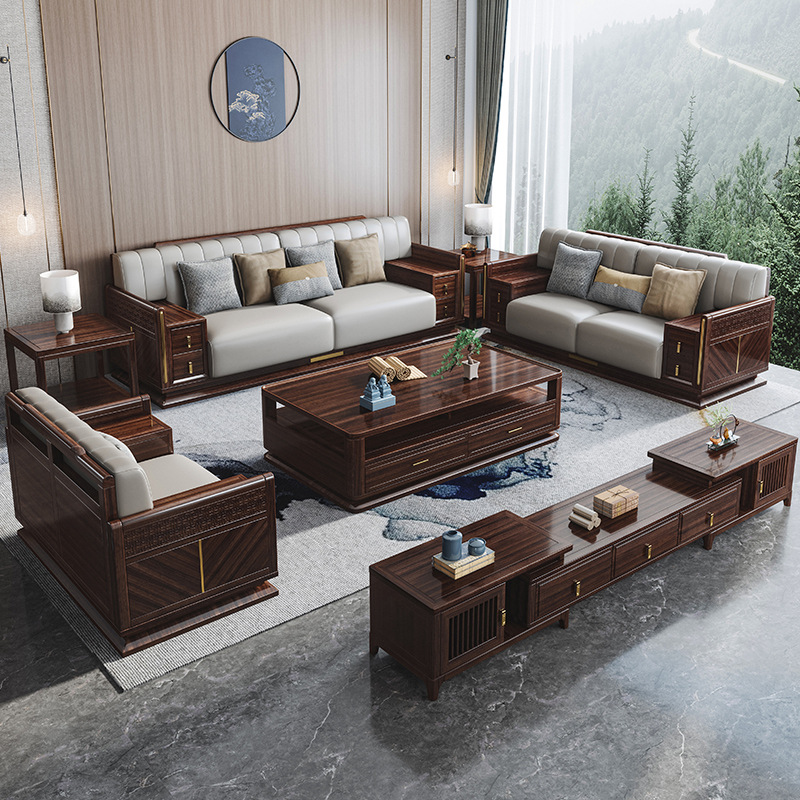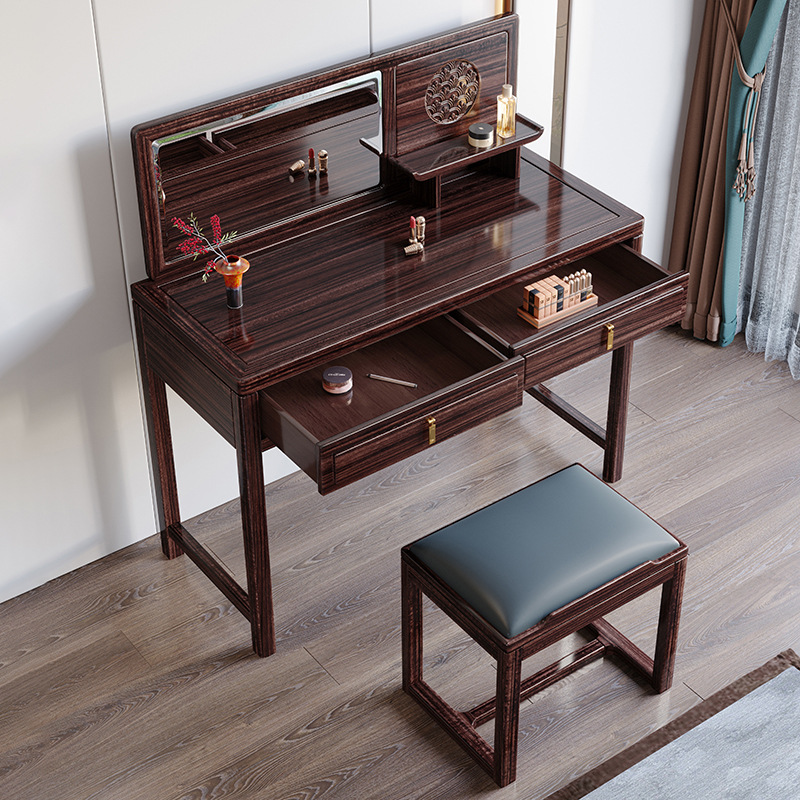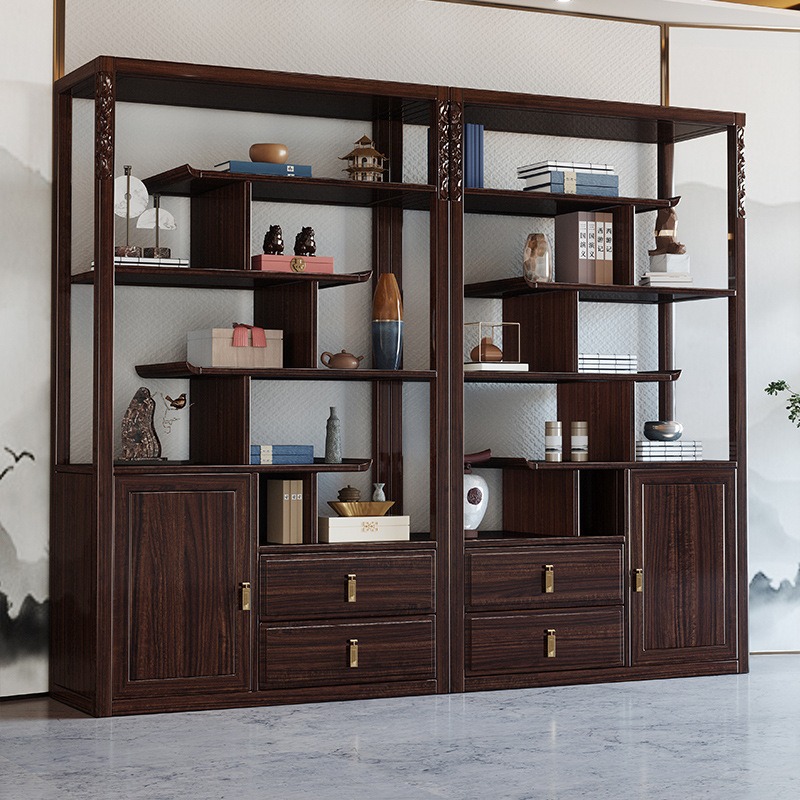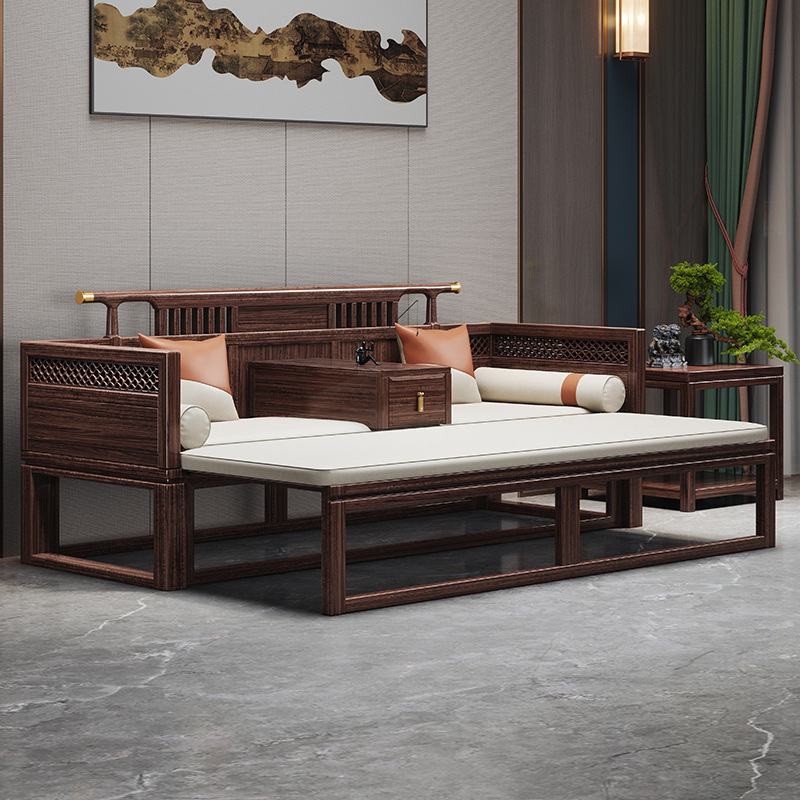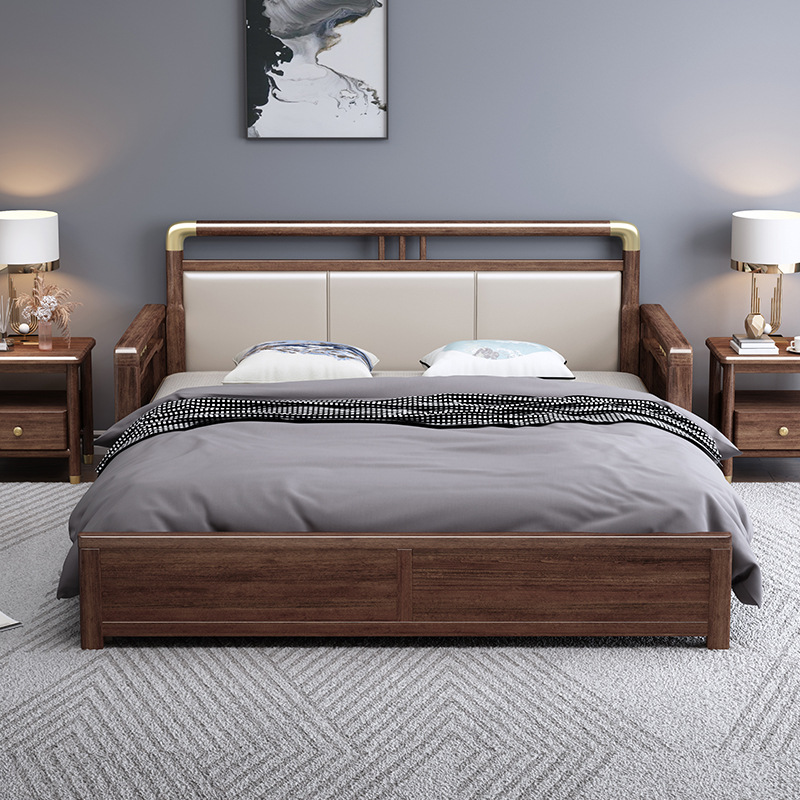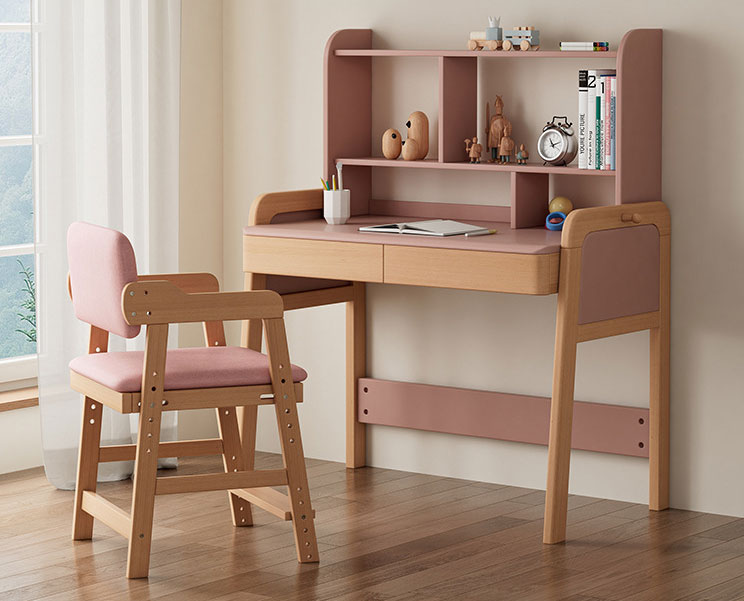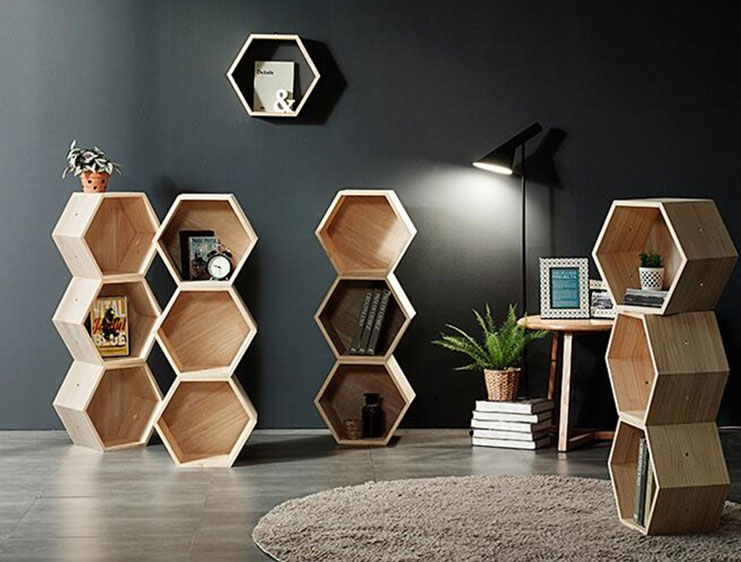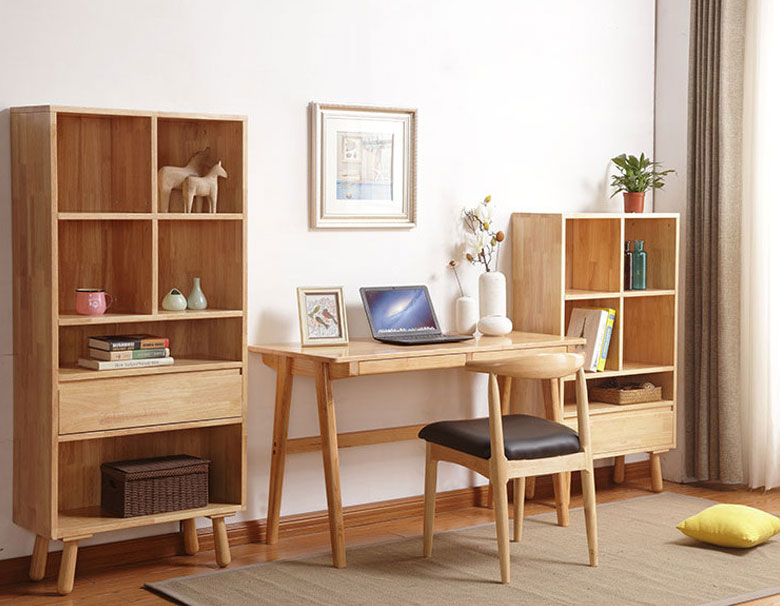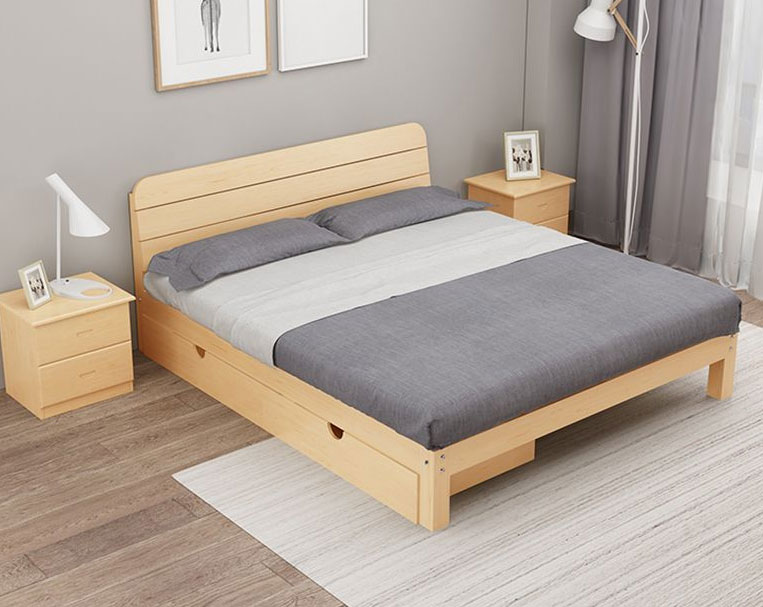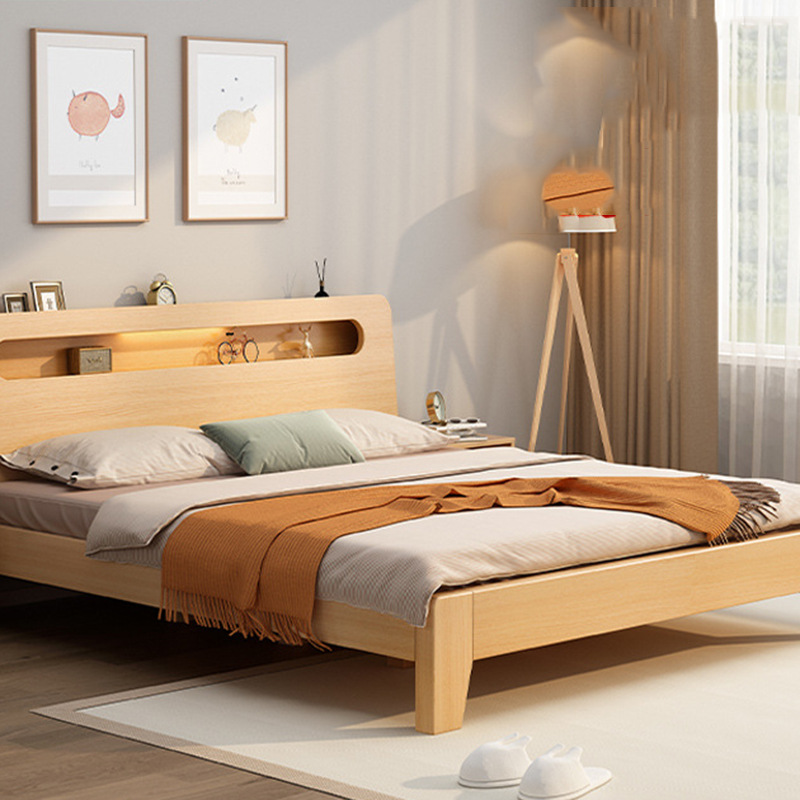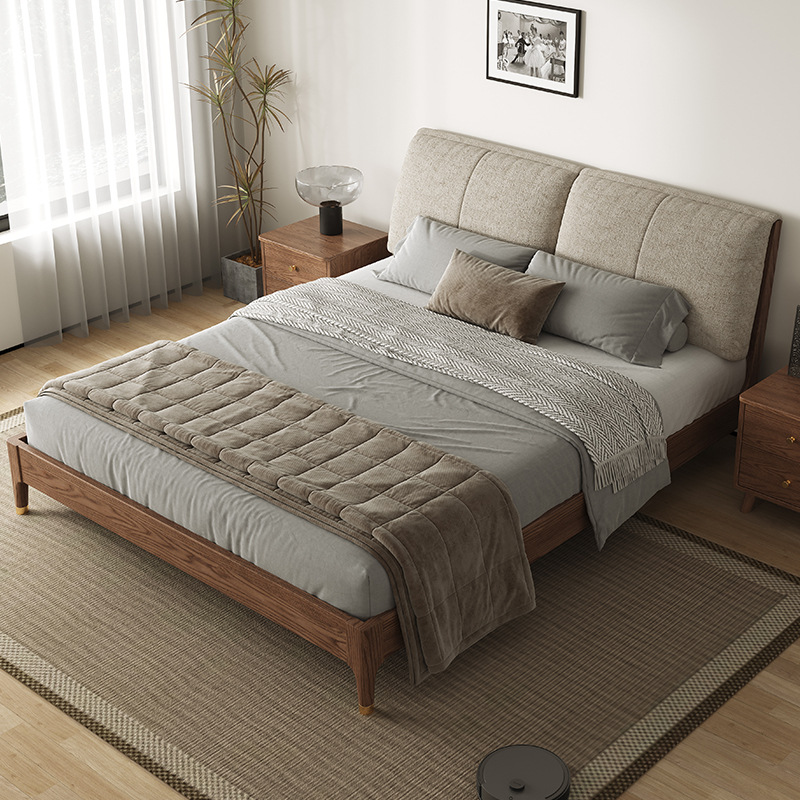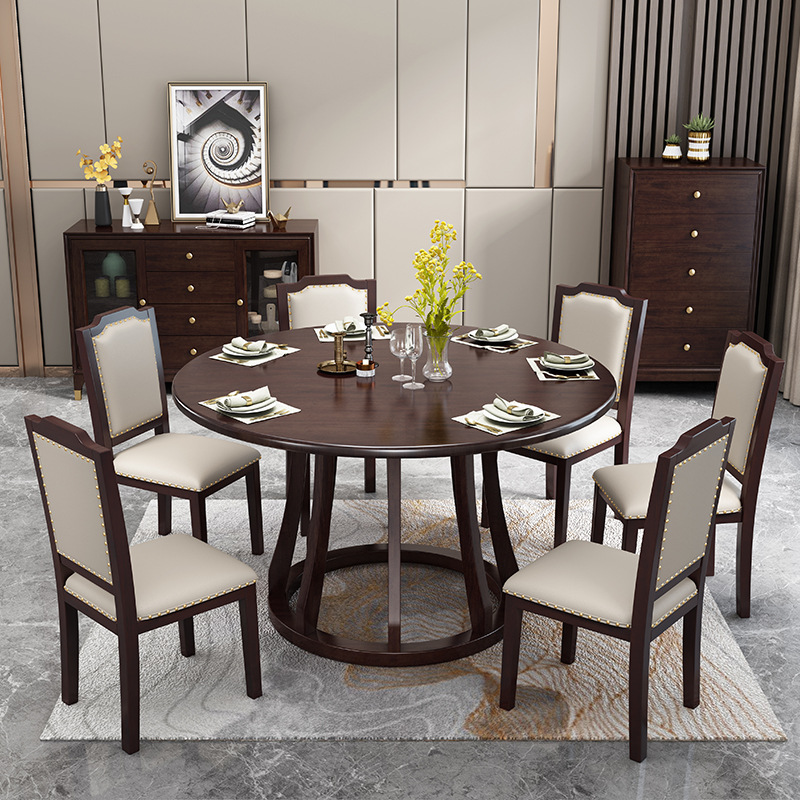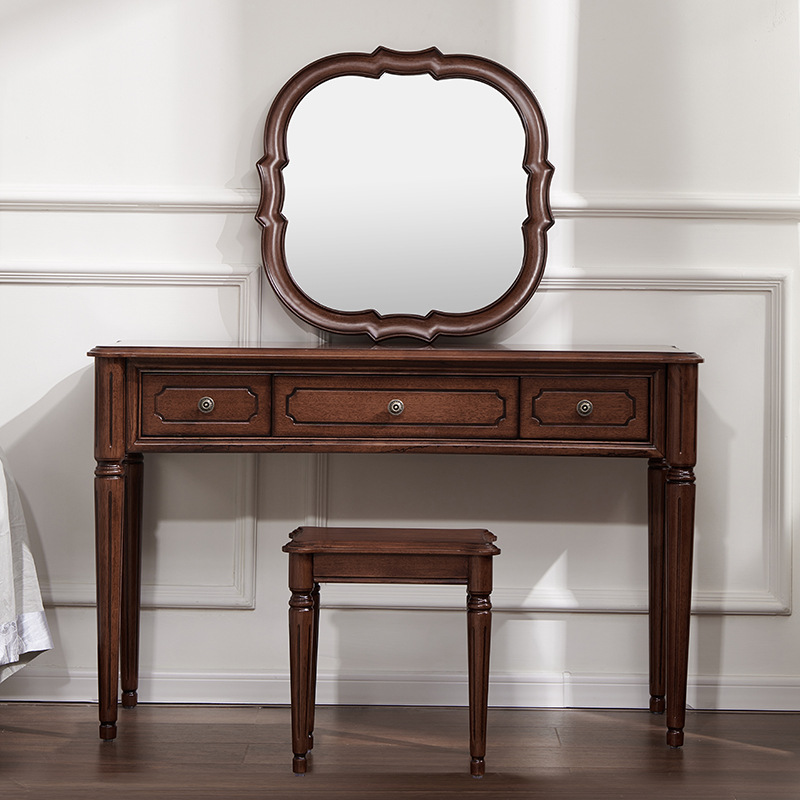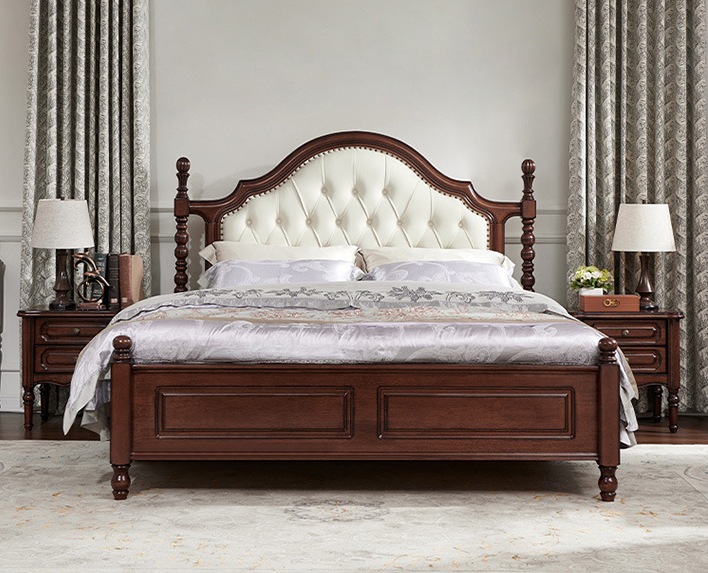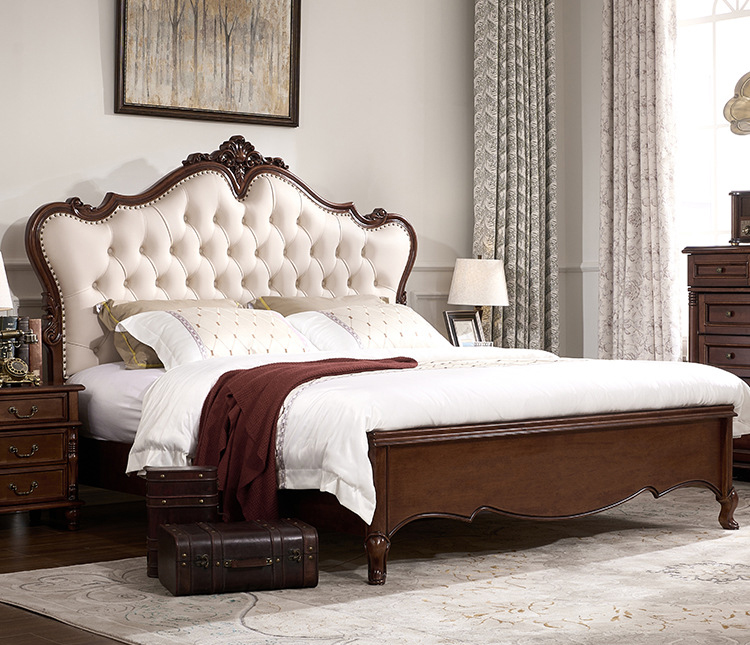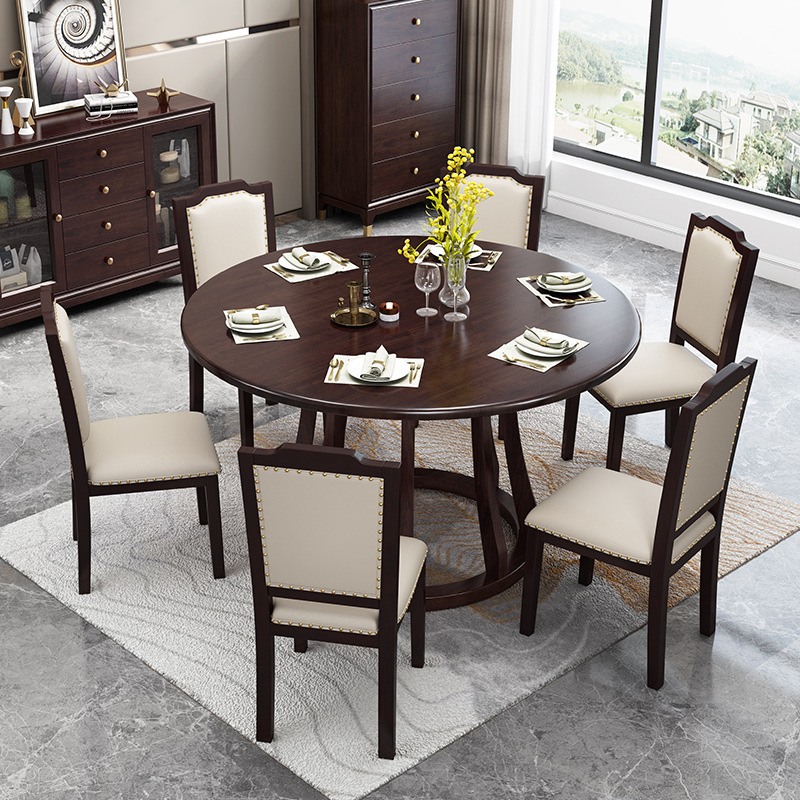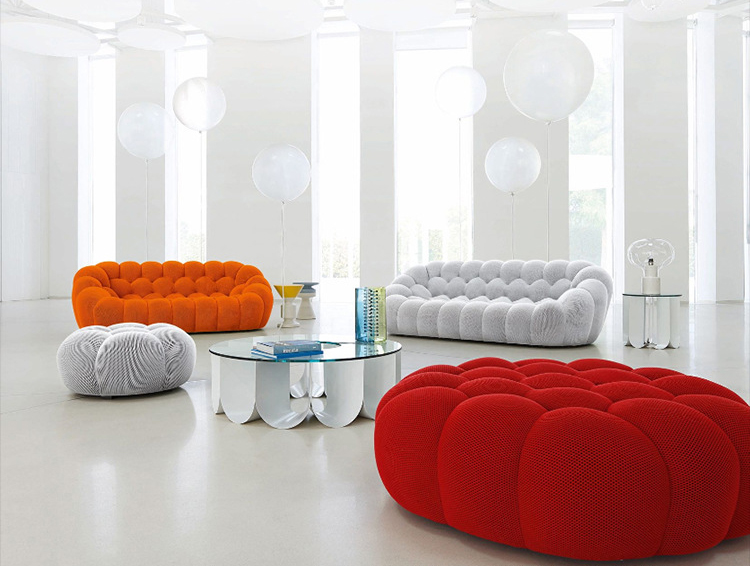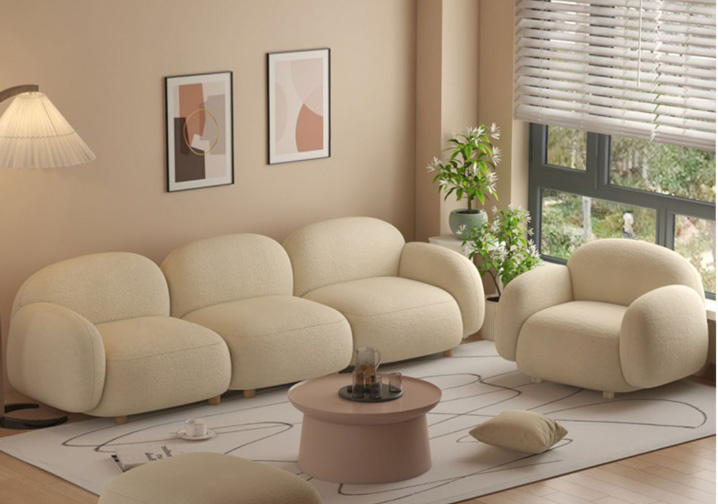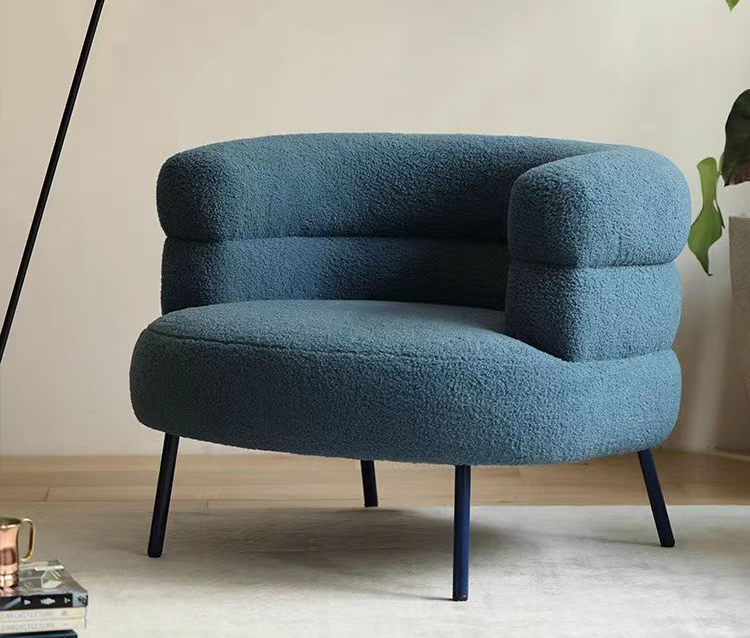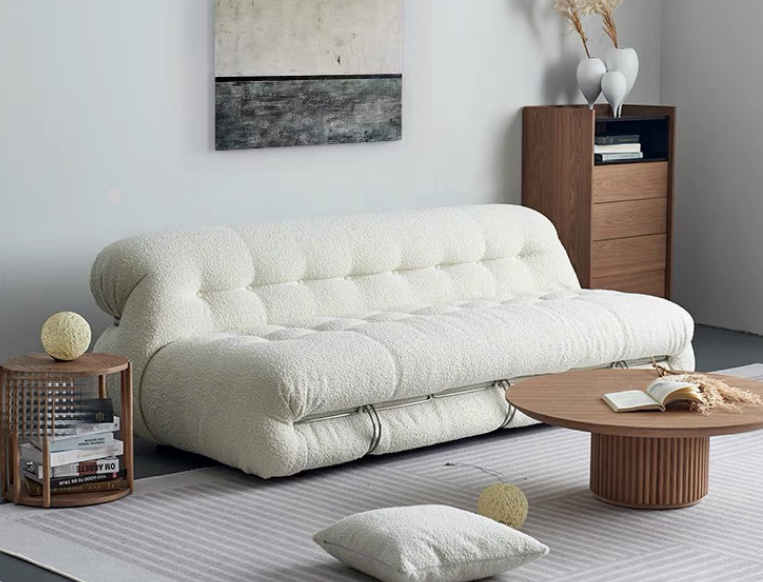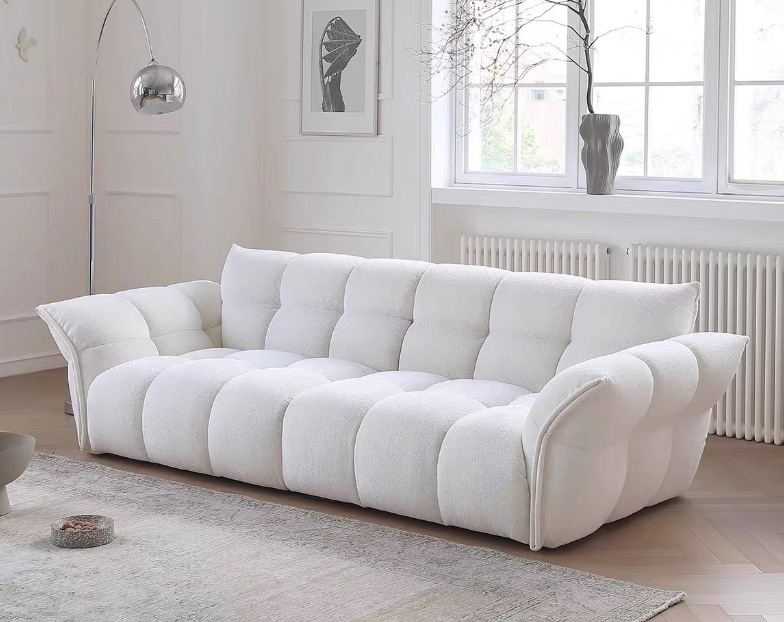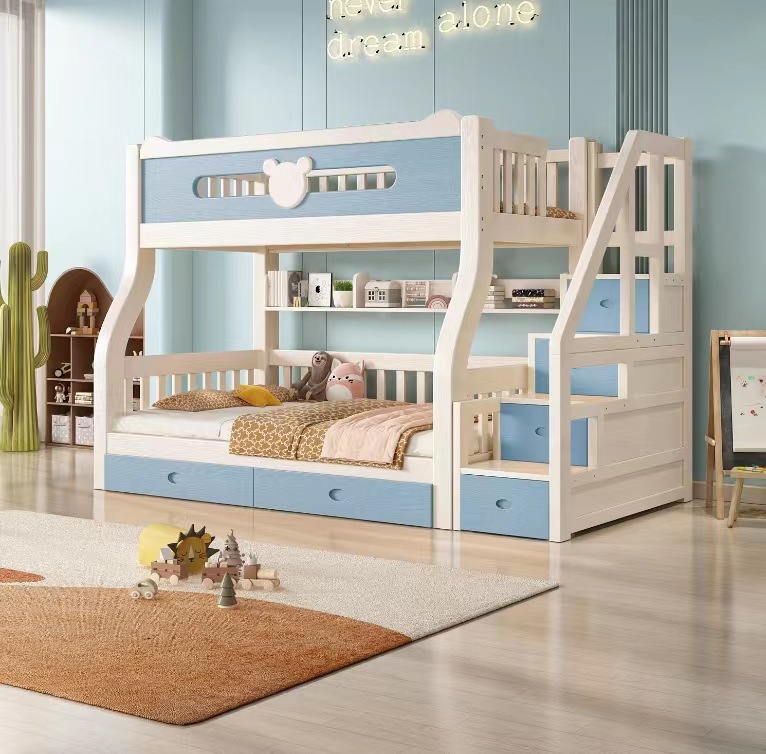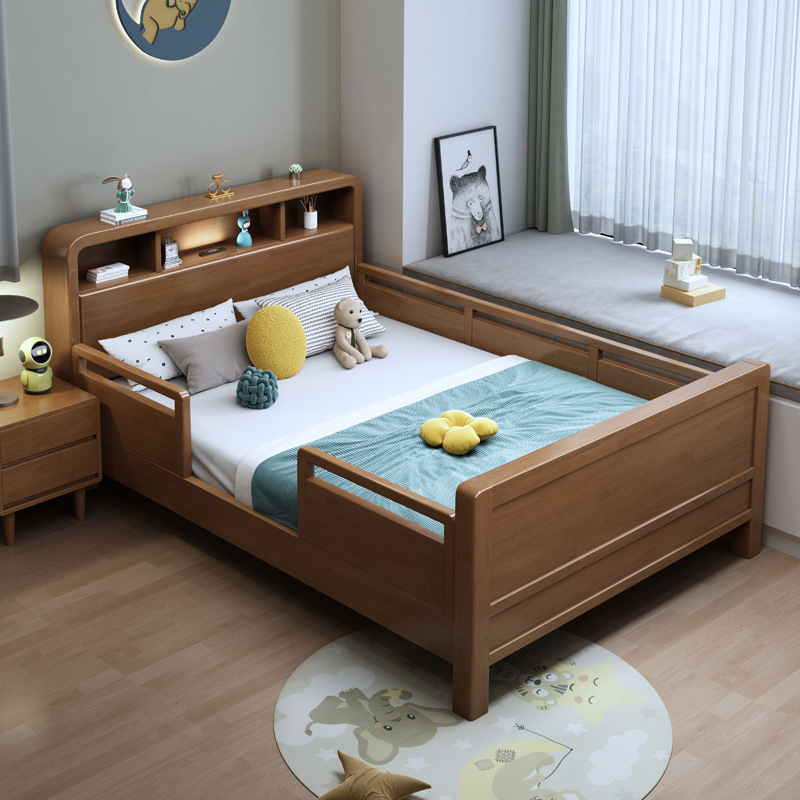Break borders and explore international opportunities in the furniture industry
In today's era of globalization, national boundaries are no longer a barrier to business growth. The furniture industry is no exception and is facing broad international opportunities. With the advancement of technology and the opening of the market, furniture companies have the opportunity to cross national borders and expand overseas markets to achieve greater growth and success.
Exploring international opportunities brings multiple benefits to the furniture industry. First, it provides a broader market for businesses, allowing them to reach consumers around the globe. Different countries and regions have different cultures and lifestyles, which provide rich inspiration for furniture design and innovation. By meeting the needs of different markets, enterprises can expand the scale of sales and improve profits.
Secondly, international cooperation and exchange have brought technological and design innovations to the furniture industry. Working with international partners, companies can share the latest technologies, materials and design concepts to accelerate product development and upgrading. In addition, by participating in international exhibitions and events, furniture companies can showcase their brands, establish contacts with international buyers, understand industry trends, and further enhance their competitiveness.
However, to successfully break national boundaries, furniture companies need to overcome some challenges. Language and cultural differences can affect market entry and communication. It is essential to understand the consumer needs, preferences and market rules of different countries. In addition, international trade policies, laws and regulations and logistics also need to be deeply studied and adapted.
In order to better grasp international opportunities, furniture companies can adopt a series of strategies. First of all, strengthen the market research, in-depth understanding of the needs and trends of the target market, in order to design and promote products. Secondly, establish international partnerships and cooperate with local enterprises to jointly explore the market. In addition, it pays attention to brand building and product quality to enhance its visibility and reputation in the international market.
Governments and industry organizations can also play an important role in supporting the internationalization of furniture companies. They can provide training and resources to help businesses understand international markets and trade rules. At the same time, promote international cooperation and exchanges, build a platform, so that furniture companies have more opportunities to display and promote their products.
Breaking borders and exploring international opportunities in the furniture industry is a challenging but also promising journey. By actively adapting to market demand and strengthening international cooperation, furniture companies can show their strength on the global stage and achieve sustainable development. Such exploration not only contributes to the growth of enterprises, but also brings more high-quality furniture choices to global consumers, and jointly promotes the prosperity of the industry.
With the continuous development of science and technology, intelligent woodworking machinery is gradually becoming a new trend in the future of furniture manufacturing. These advanced equipment not only improve production efficiency, but also bring unprecedented innovation and development opportunities for the furniture manufacturing industry.
The emergence of intelligent woodworking machinery has completely changed the way traditional furniture is manufactured. In the past, woodworkers needed to rely on hand tools and techniques to make furniture, which not only cost time and effort, but also difficult to ensure the accuracy and quality of the product. Now, intelligent woodworking machinery can realize the automation of the whole process of furniture manufacturing through automation and digital technology, from the processing of raw materials to the assembly of finished products, which can be completed by machines. This greatly improves production efficiency and reduces manual errors, while also ensuring product consistency and high quality.
Intelligent woodworking machinery also brings more possibilities for furniture design. Designers can use these advanced devices to translate their ideas and designs into reality. Whether it is complex shape or exquisite details, intelligent woodworking machinery can be accurately achieved. This makes furniture design more diverse and personalized, meeting consumer demand for unique and customized products.
In addition, the application of intelligent woodworking machinery also promotes the sustainable development of the furniture manufacturing industry. Through precise material utilization and reduced waste generation, intelligent woodworking machinery helps to reduce resource waste and environmental pollution. At the same time, automated production processes can also better control energy consumption and improve the energy efficiency of production.
However, to give full play to the advantages of intelligent woodworking machinery, we also need to pay attention to some key factors. First of all, operators need to have certain skills and knowledge to effectively operate and maintain these advanced equipment. In addition, enterprises need to make reasonable investment planning to ensure that equipment updates and technology upgrades keep up with the pace of The Times.
In short, intelligent woodworking machinery leads the new trend of furniture manufacturing in the future. They increase productivity, drive design innovation, and promote sustainable development. With the continuous progress of technology, we can expect intelligent woodworking machinery will bring more changes and development opportunities for the furniture manufacturing industry, creating a more beautiful and comfortable living environment.
With the popularity of the Internet and the rapid development of e-commerce, furniture e-commerce is gradually rising, breaking the traditional sales model, bringing consumers a more convenient and efficient shopping experience.
The traditional furniture sales model is often limited by the physical store location and business hours, consumers need to spend a lot of time and energy to shop. Furniture e-commerce displays furniture products in front of consumers around the world through the Internet platform, breaking the restrictions of time and space. Consumers can browse and buy furniture anytime and anywhere through mobile phones, computers and other devices, which greatly improves the convenience of shopping.
In addition, furniture e-commerce also provides consumers with more choices. Under the traditional sales model, the product types and styles of furniture stores are limited, while the e-commerce platform gathers many furniture brands and suppliers, and consumers can easily compare different brands and styles of products, according to their own needs and preferences. At the same time, the e-commerce platform also provides detailed product information and user reviews to help consumers better understand the quality and performance of products and make more informed purchasing decisions.
Not only that, the price advantage of furniture e-commerce is also one of the important factors to attract consumers. Due to the elimination of intermediate links and physical store rents and other costs, furniture prices on e-commerce platforms are usually more affordable. Consumers can choose more cost-effective products through online price comparison and enjoy more affordable prices.
However, furniture e-commerce is also facing some challenges, such as logistics distribution, after-sales service and other issues. In order to ensure consumers' shopping experience, furniture e-commerce enterprises need to continuously improve their logistics and distribution capabilities and after-sales service quality to solve consumers' worries in the shopping process.
In general, the rise of furniture e-commerce has broken the limitations of traditional sales models and provided consumers with more convenience and choices. With the continuous progress of technology and the gradual maturity of the market, furniture e-commerce is expected to continue to grow and become an important sales channel for the furniture industry. At the same time, the traditional furniture sales model also needs to continue to innovate and upgrade to adapt to market changes and consumer needs. Only in this way can the furniture industry achieve sustainable and healthy development in the era of e-commerce.


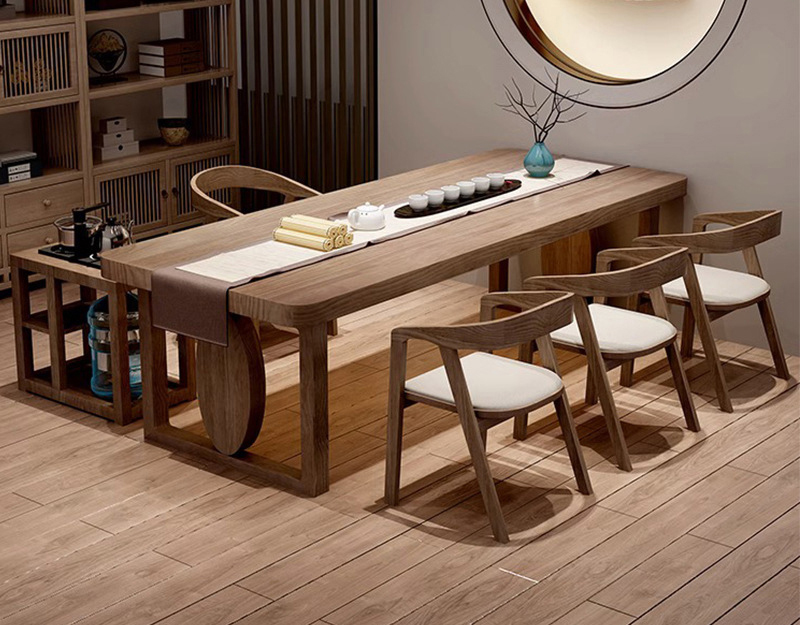


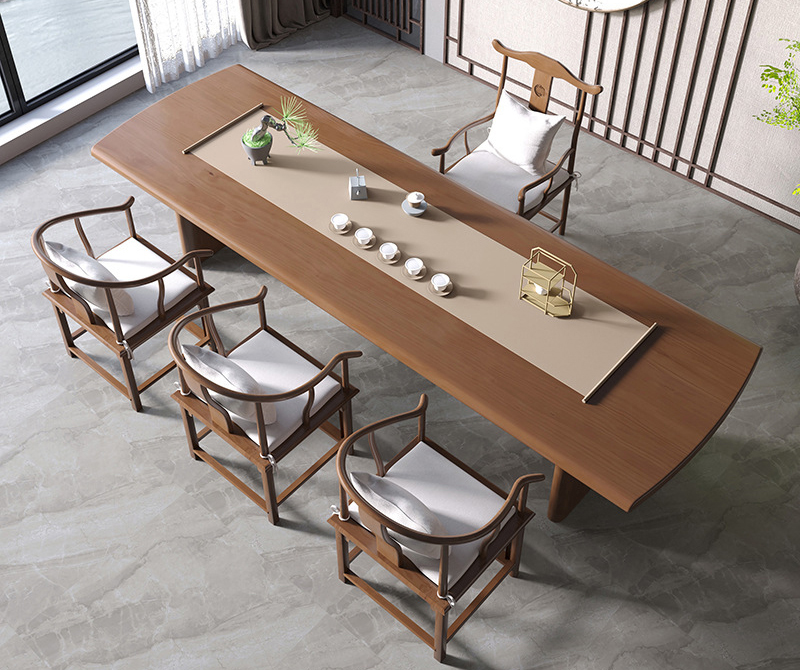
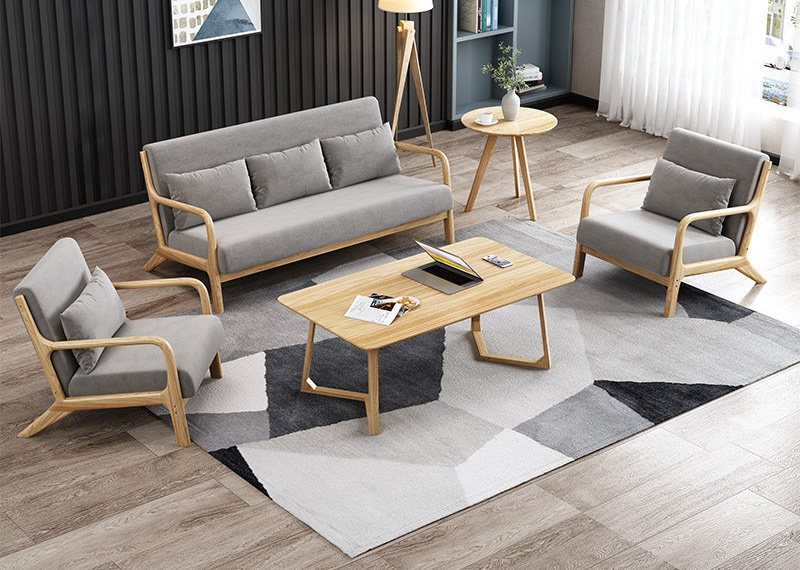
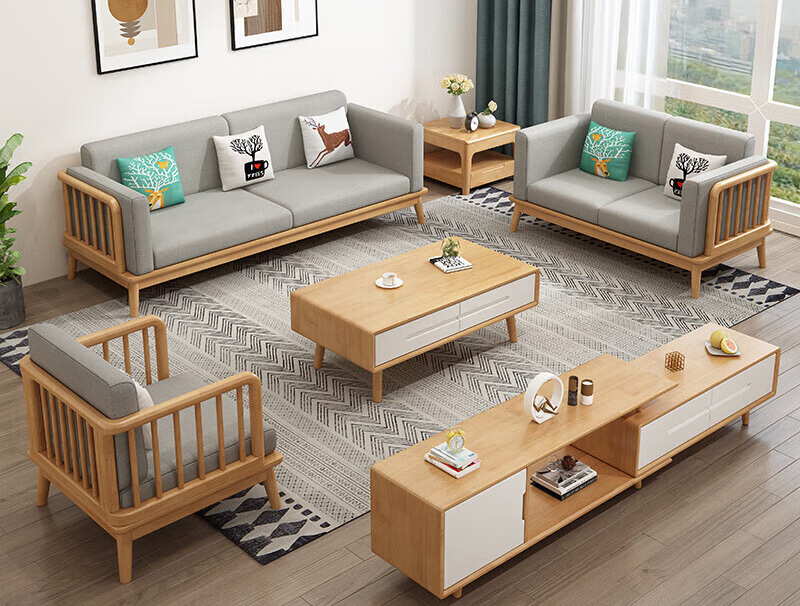
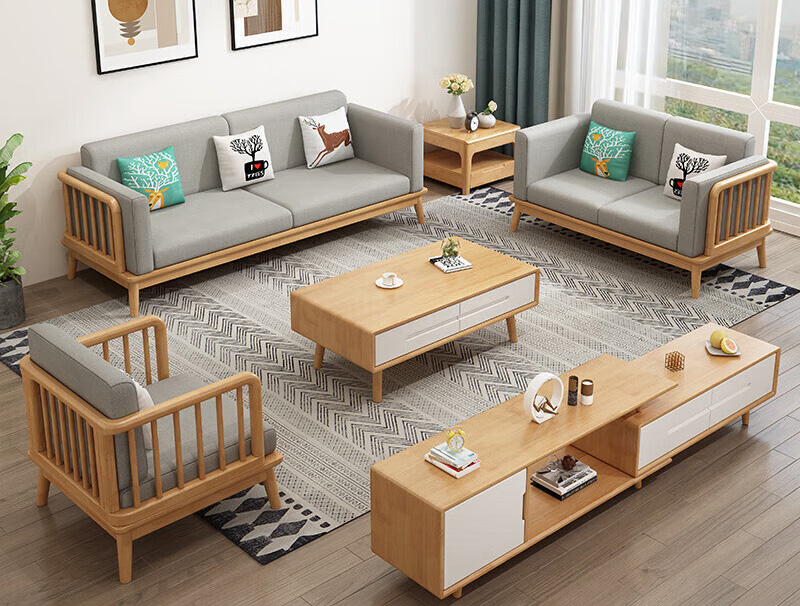
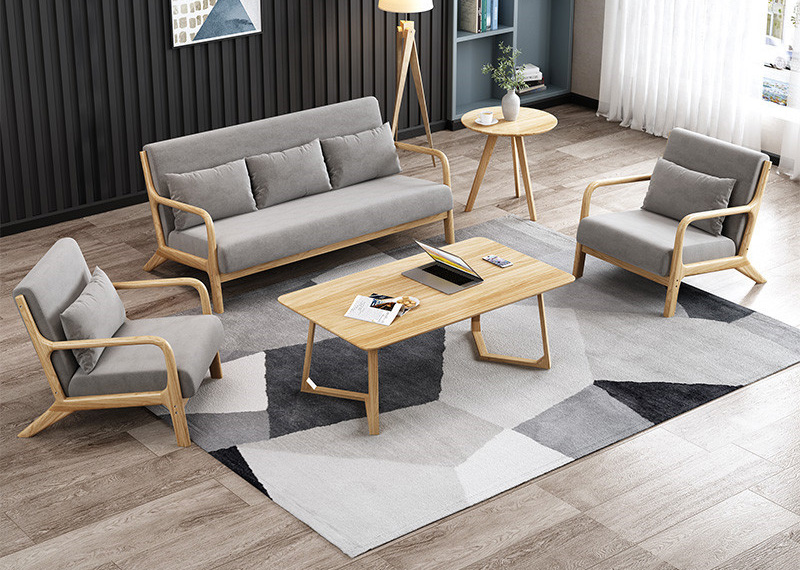
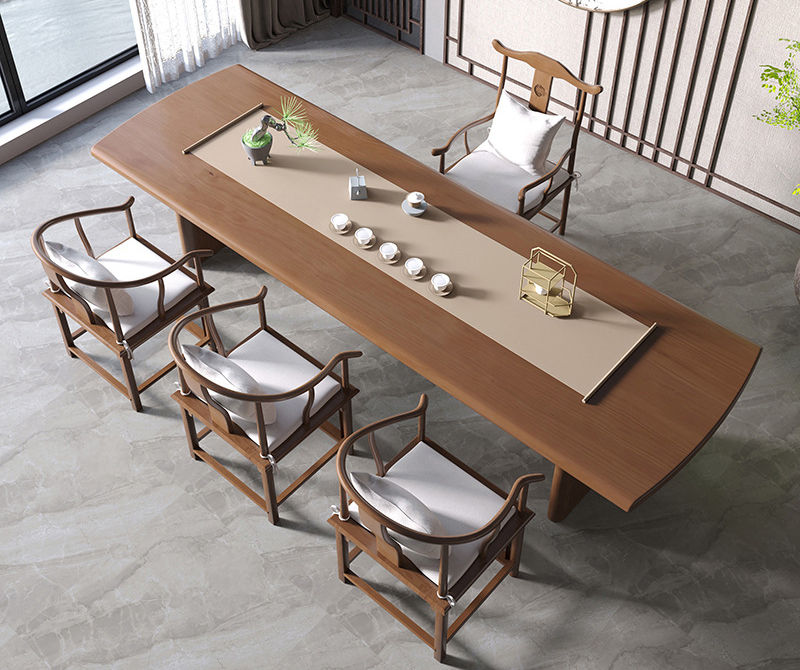



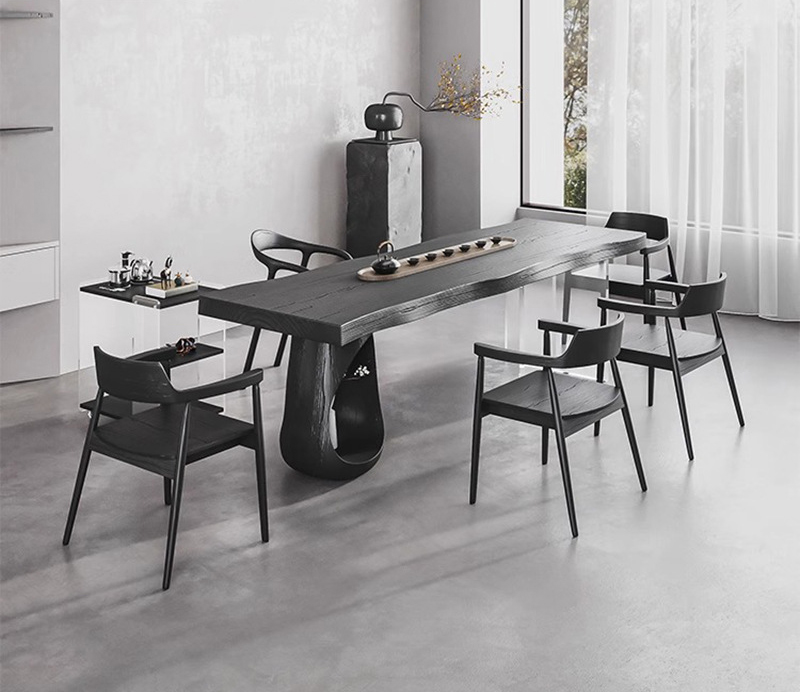

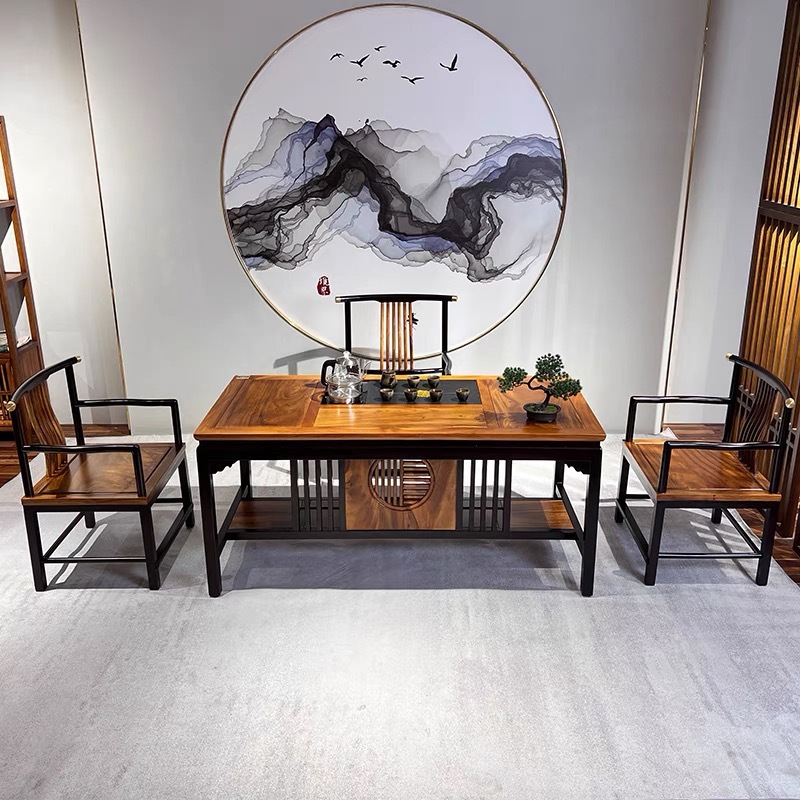

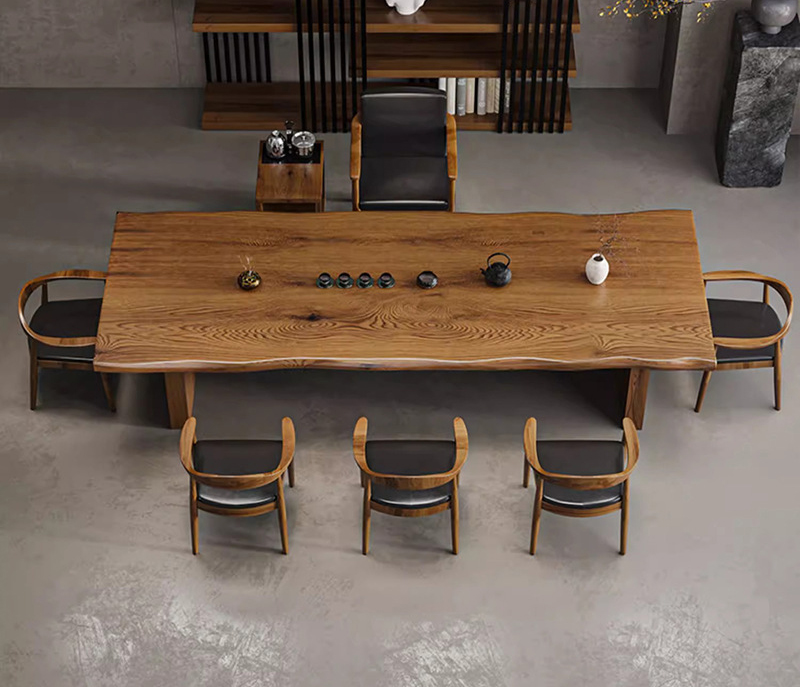

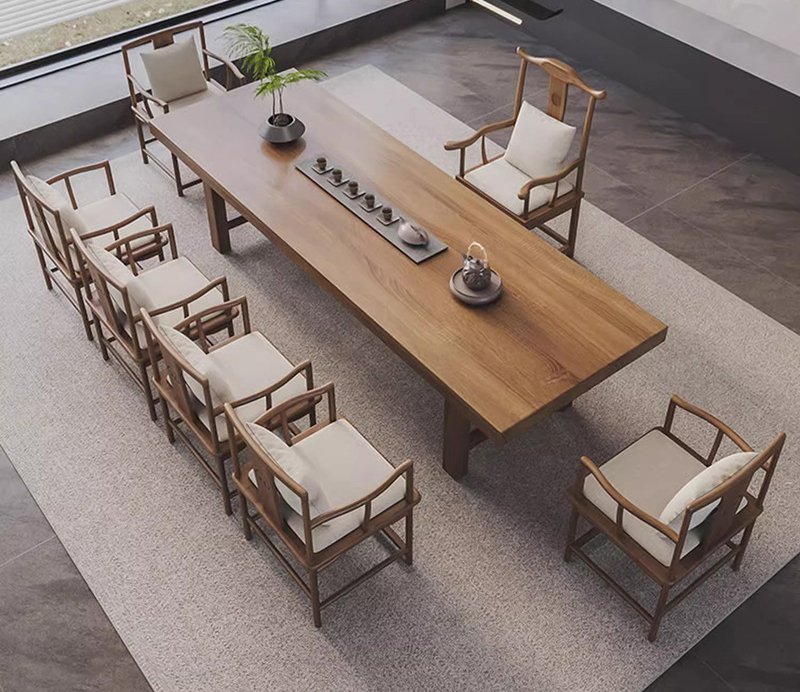
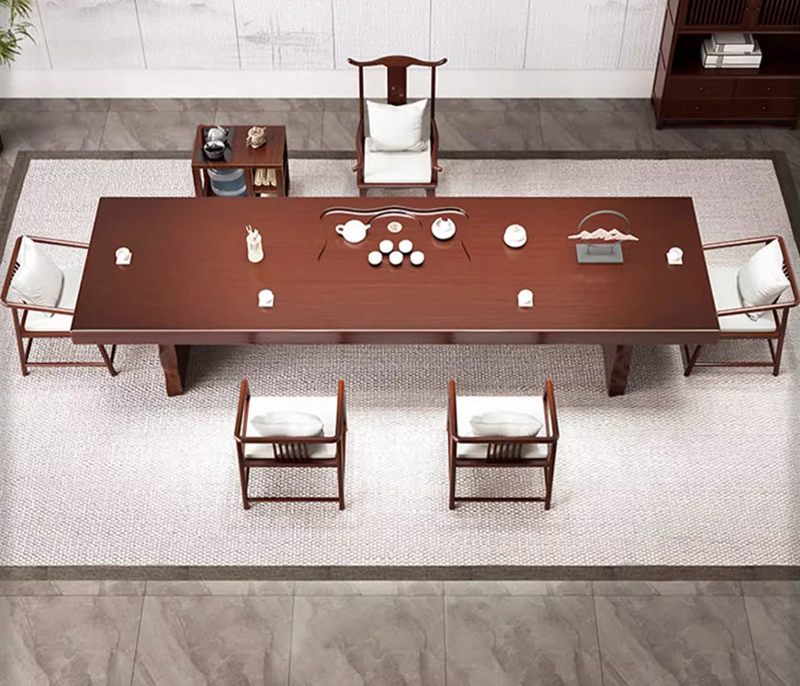


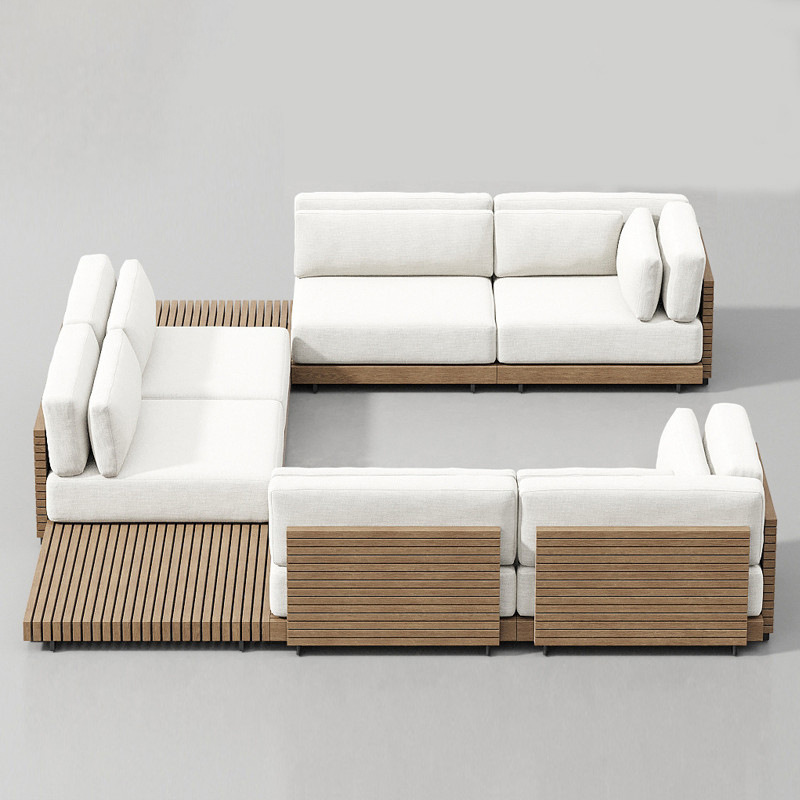





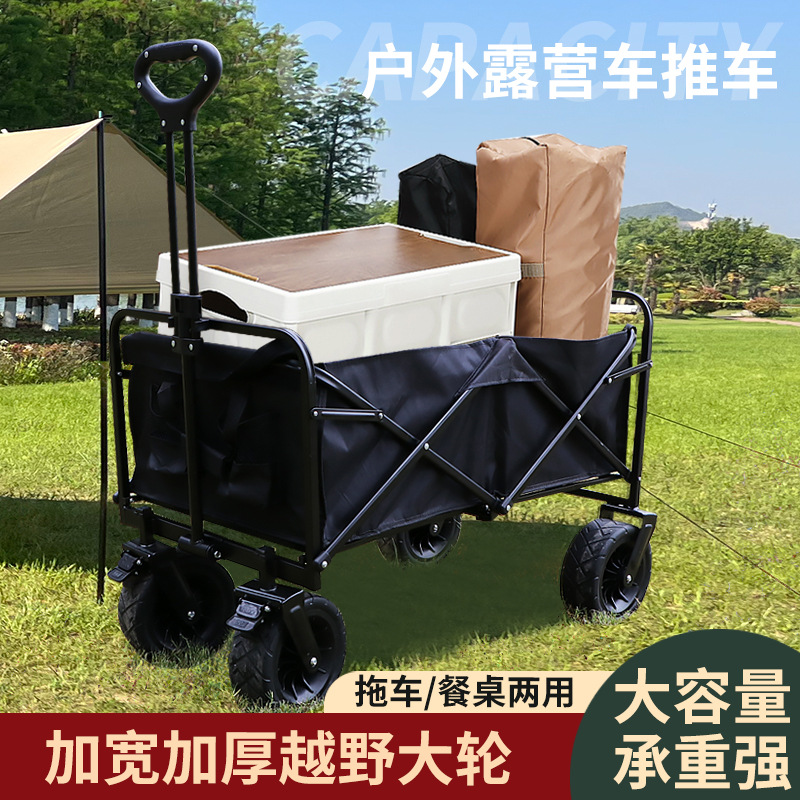


![[Fashion choice, new office fashion] -- network celebrity boss table [Fashion choice, new office fashion] -- network celebrity boss table](/upload/news/2024-01/65b30849d1bf3.jpg)
